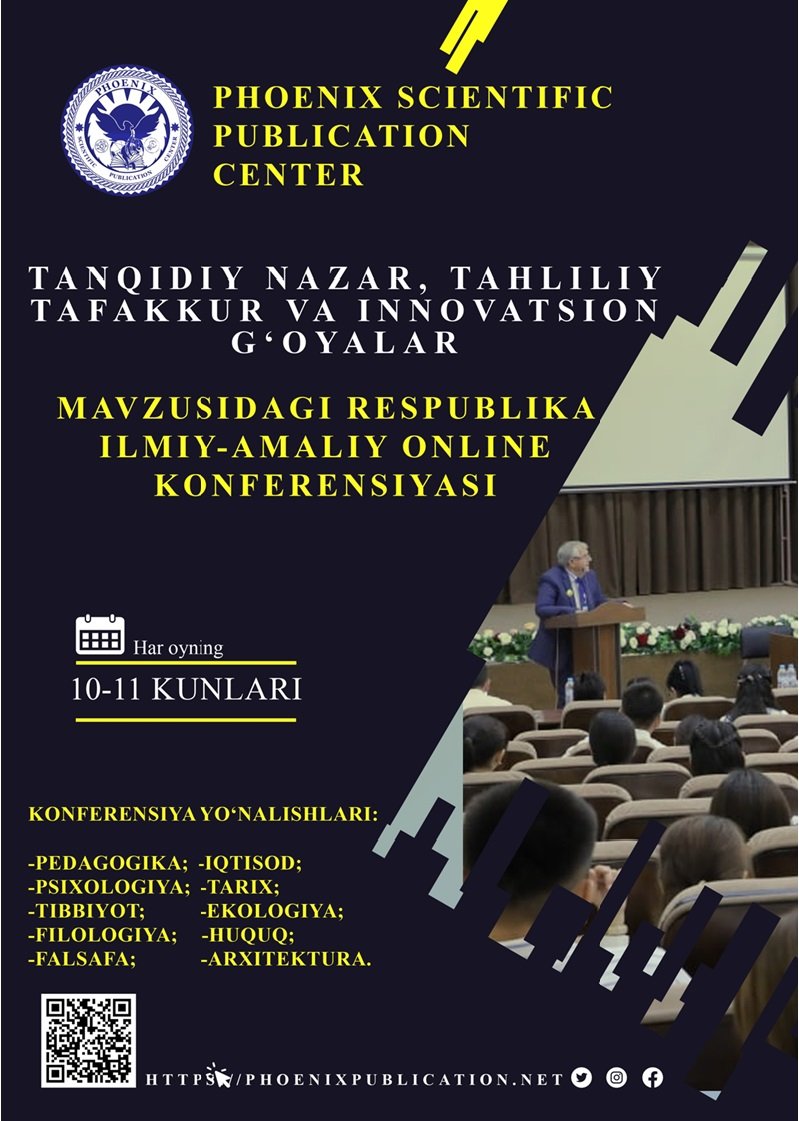Abstract
Writing is an essential skill in language acquisition, serving as a medium for communication, self-expression, and learning. This article explores strategies for teaching writing in educational settings, focusing on practical methods and techniques to foster students' development in this skill. Emphasis is placed on integrating creativity, clarity, and coherence while addressing challenges faced by learners and educators. Additionally, the article highlights the role of feedback, practice, and the use of technology in enhancing writing instruction. Insights from recent studies provide educators with tools to create engaging and effective writing lessons tailored to diverse learner needs.
References
1. Graham, S., & Perin, D. (2007). Writing Next: Effective Strategies to Improve Writing of Adolescents in Middle and High Schools. A Report to Carnegie Corporation of New York. Alliance for Excellent Education.
2. Hyland, K. (2003). Second Language Writing. Cambridge University Press.
3. Richards, J. C., & Renandya, W. A. (2002). Methodology in Language Teaching: An Anthology of Current Practice. Cambridge University Press.
4. Harmer, J. (2004). How to Teach Writing. Pearson Education Limited.
5. Brown, H. D. (2007). Teaching by Principles: An Interactive Approach to Language Pedagogy (3rd ed.). Pearson Longman.
6. Flower, L., & Hayes, J. R. (1981). A Cognitive Process Theory of Writing. College Composition and Communication, 32(4), 365-387.
7. Nation, I. S. P. (2009). Teaching ESL/EFL Reading and Writing. Routledge.
8. Troia, G. A. (2014). Evidence-Based Practices for Writing Instruction. In Graham, S., MacArthur, C. A., & Fitzgerald, J. (Eds.), Best Practices in Writing Instruction (2nd ed., pp. 20–49). Guilford Press.
